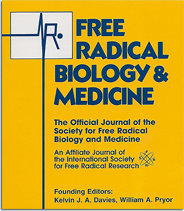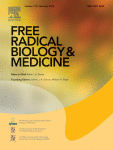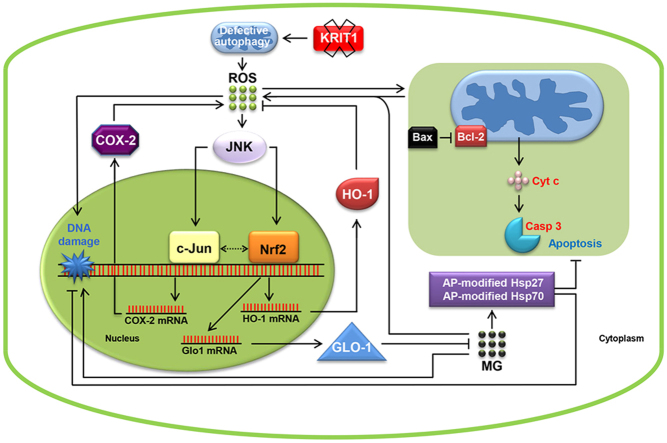KRIT1 loss-of-function and enhanced cell predisposition to oxidative damage



A recent research work published in Free Radical Biology & Medicine and supported by the Telethon Foundation sheds new light on the mechanistic relationship between KRIT1 loss-of-function and enhanced cell predisposition to oxidative damage, thus providing valuable new insights into CCM pathogenesis and novel options for the development of preventive and therapeutic strategies.

Free Radic Biol Med. 2018 Feb 1;115:202-218. Epub 2017 Nov 21.
KRIT1 loss-of-function induces a chronic Nrf2-mediated adaptive homeostasis that sensitizes cells to oxidative stress: implication for Cerebral Cavernous Malformation disease.
Cinzia Antognelli, Eliana Trapani, Simona Delle Monache, Andrea Perrelii, Martina Daga, Stefania Pizzimenti, Giuseppina Barrera, Paola Cassoni, Adriano Angelucci, Lorenza Trabalzini, Vincenzo Talesa, Luca Goitre, and Saverio Francesco Retta.
Highlights
KRIT1 loss causes a chronic adaptive redox response based on the JNK-Nrf2-Glo1 axis
Phospho-JNK, Nrf2 and Glo1 are upregulated in endothelial cells lining human CCMs
Defective autophagy contributes to the sustained upregulation of the Nrf2-Glo1 axis
Nrf2-Glo1 upregulation causes a drop of AP-modified Hsp70 and Hsp27 proteins
Sustained Nrf2-Glo1 activation sensitizes cells to oxidative stress and apoptosis
Graphical abstract

Related article:

Data Brief. 2017 Dec 13;16:929-938. eCollection 2018 Feb.
Data in support of sustained upregulation of adaptive redox homeostasis mechanisms caused by KRIT1 loss-of-function.
Cinzia Antognelli, Eliana Trapani, Simona Delle Monache, Andrea Perrelli, Claudia Fornelli, Francesca Retta, Paola Cassoni, Vincenzo Nicola Talesa, and Saverio Francesco Retta.
